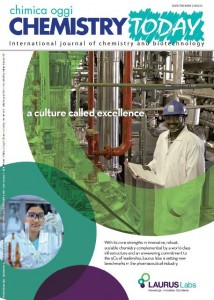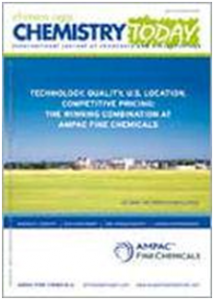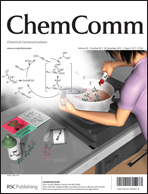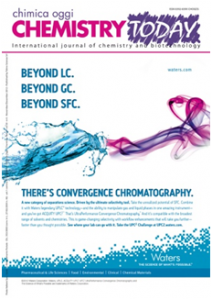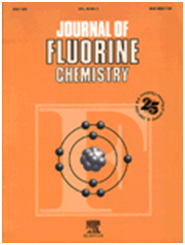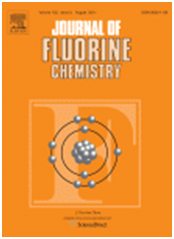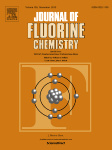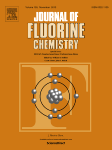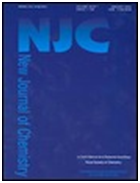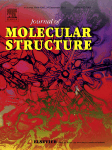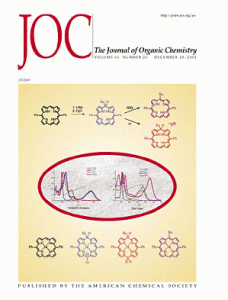ASP studies on fluorine in biomedicine: two innovative applications
Author(s): Navarrini, Walter; (Canesi, Eleonora; Cantini, Marco; Resnati, Giuseppe; Metrangolo, Pierangelo; Ugger, Fulvio; Arcella, Vincenzo; Casati, Alessandro; Masella, Marco; Guala, Carlo; Ranzoni, Andrea; Sallemi, Livia; Sciacca, Beniamino; Scotti, Filippo.
Source: CHIMICA OGGI-CHEMISTRY TODAY
Volume: 25 Issue: 3 Pages: 48-50 Published: 2007
ABSTRACT:
Through the multiddiciplinary ASP project, some students of Politacnico di Milano and Politecnico di Torino had the possibility to deal with the peculiar properties of fluorinated compounds. In particular, we investigated the possible exploitation of these features for biomedical applications, focusing on two specific subjects: diagnostic tools and drug delivery. Perfluoroethers revealed to be suitable materials or these uses, because of a cohesive energy density and an enthalpy of vaporization lower than those of hydrogenated ethers.



